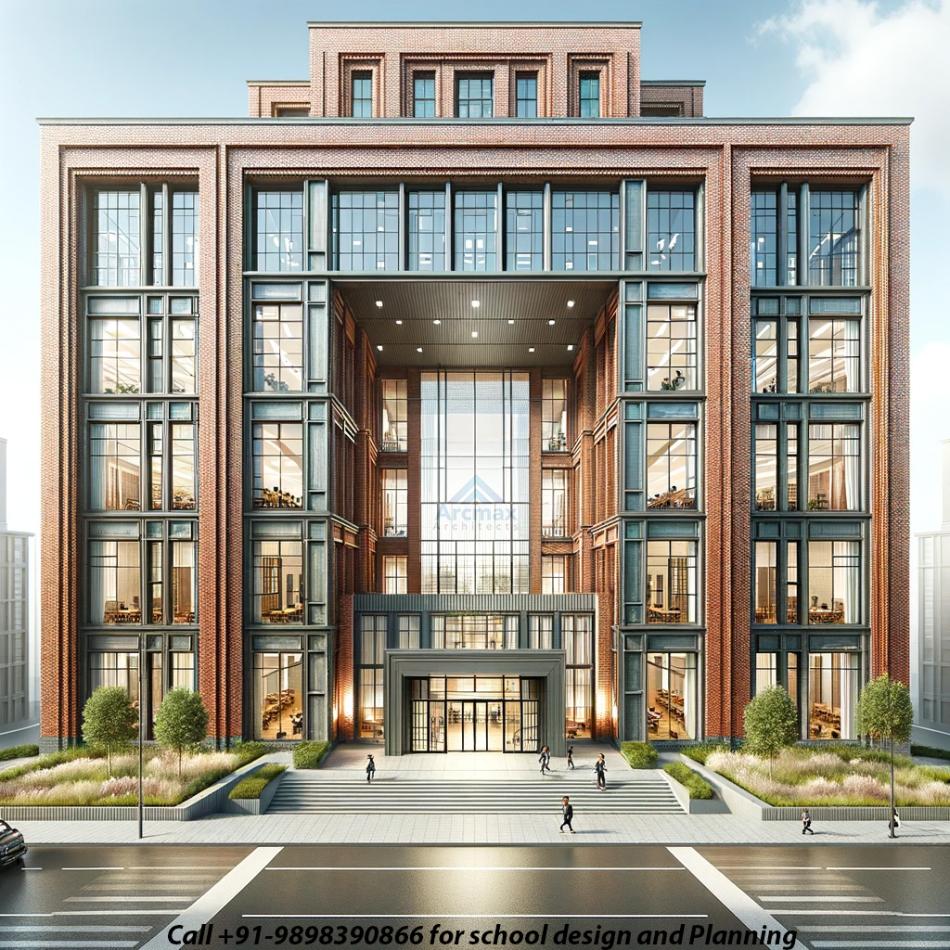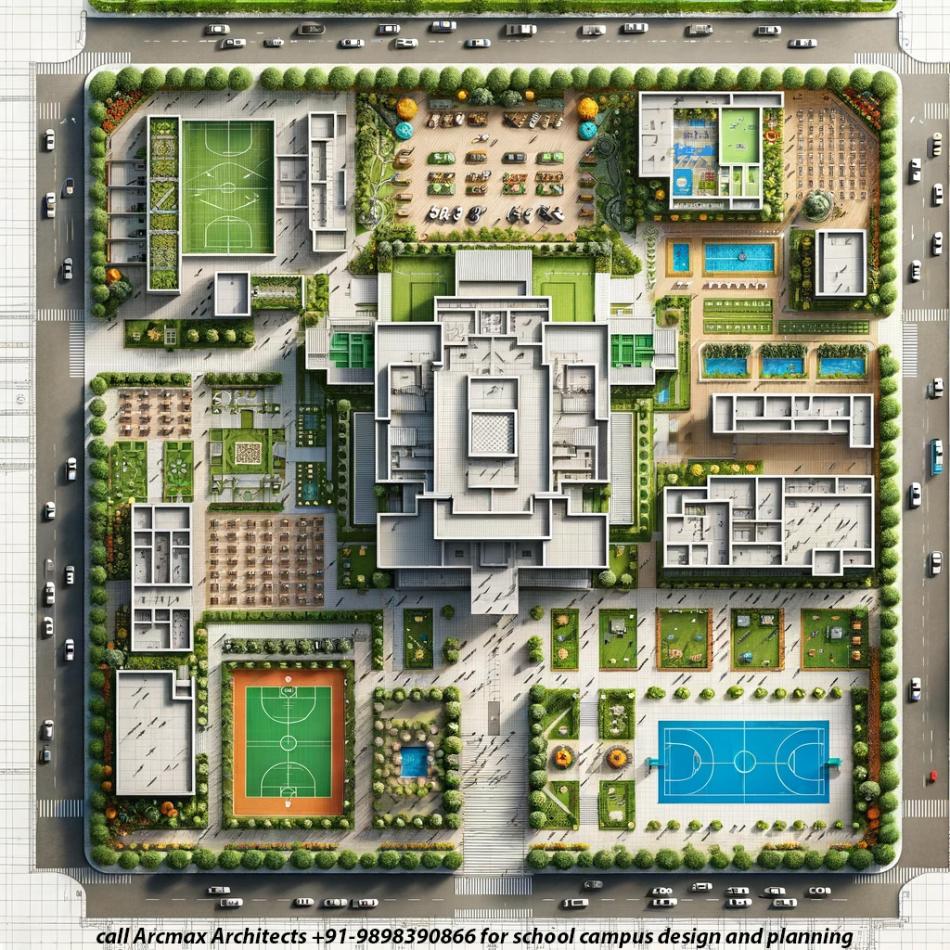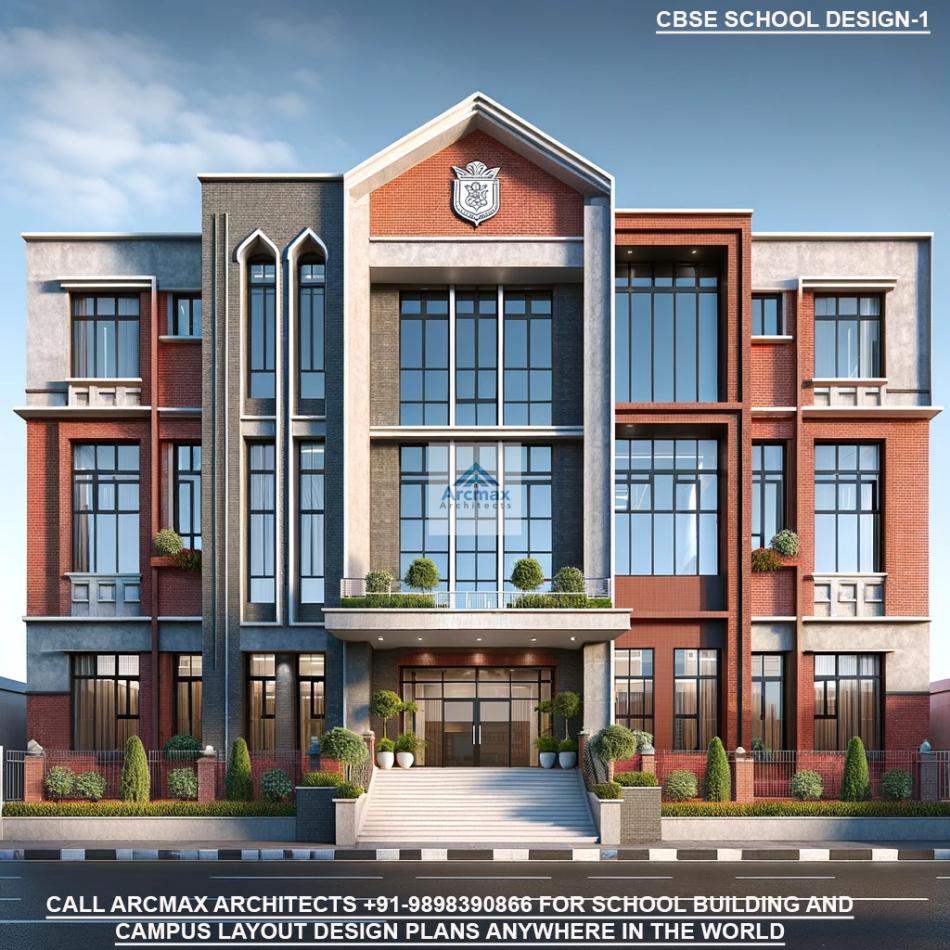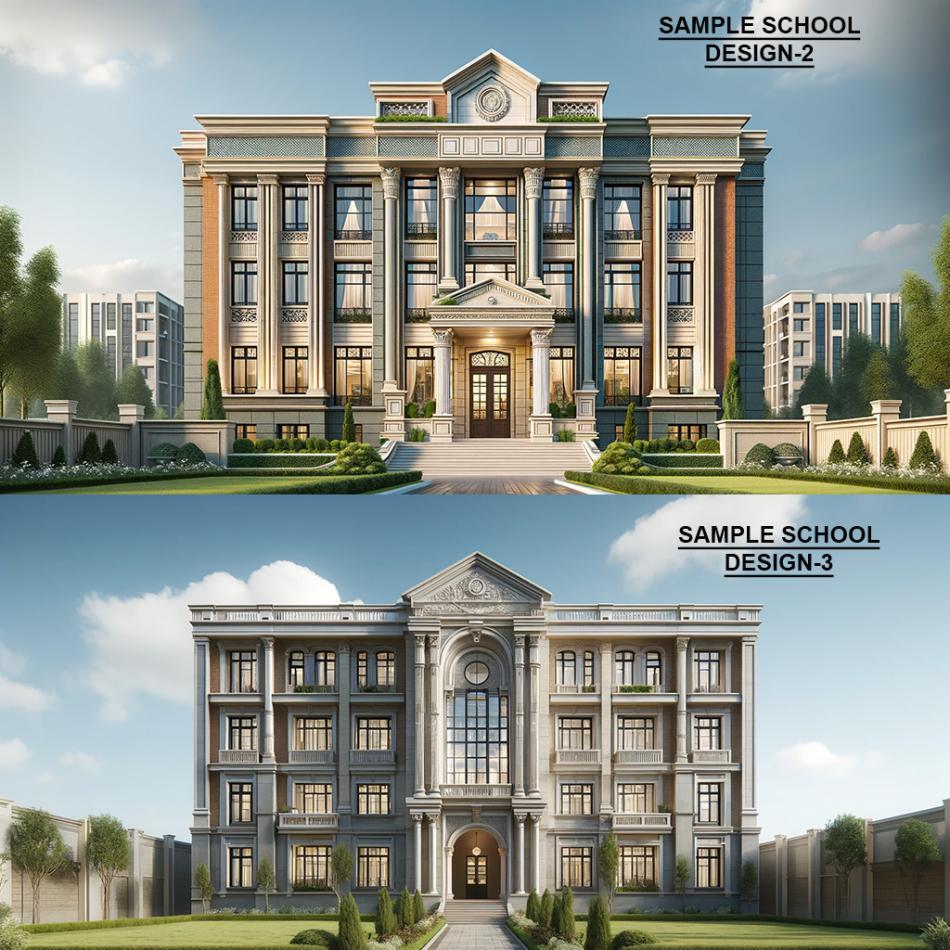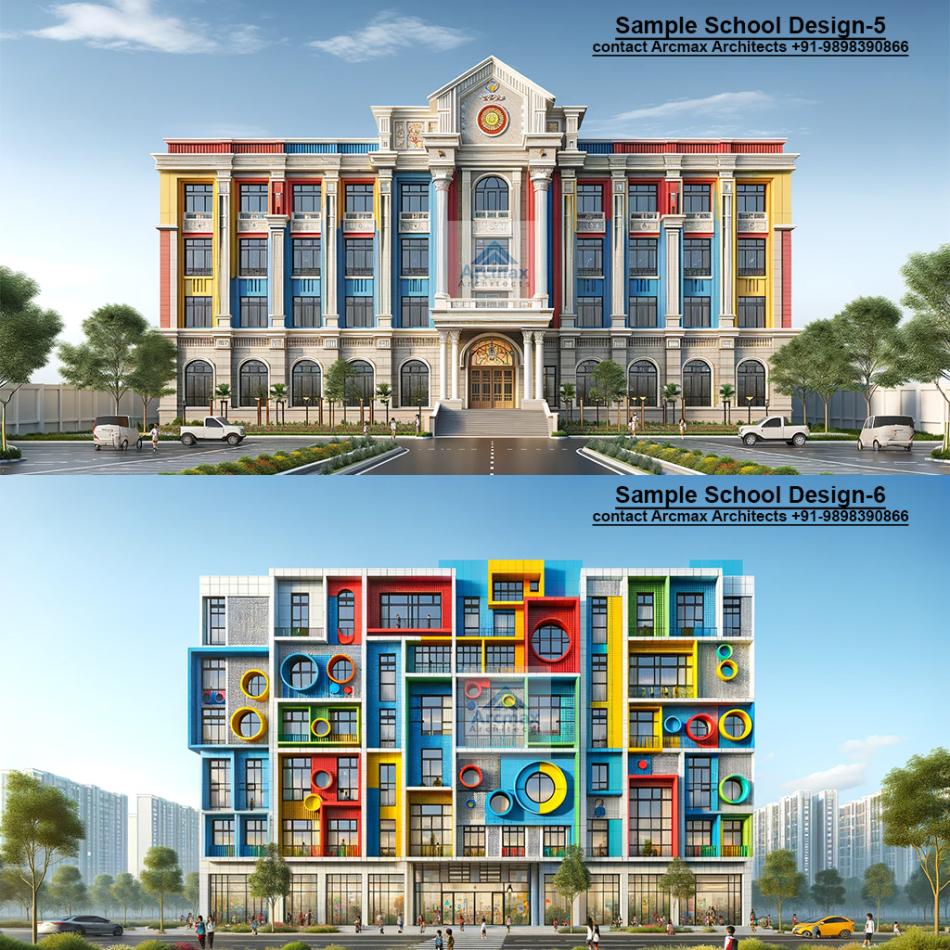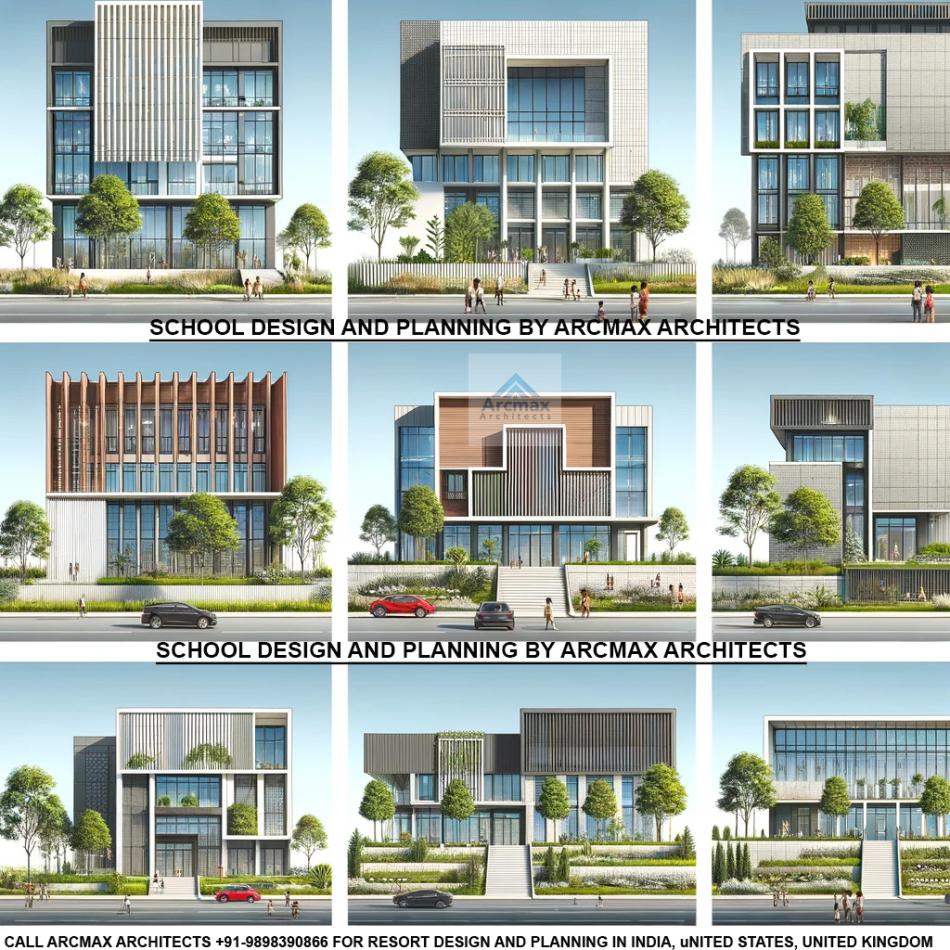Bakeri City, Pincode: 380015 Ahmedabad, Gujarat, India,
244 Madison Avenue, New York, United States
Our Client






CBSE School design and Planning
Looking for Best architects for CBSE School design and Planning in Ahmedabad, delhi, mumbai, chennai, bangalore, jaipur, kanpur, indore, bhopal and nagpur ? Hire Arcmax Architects today or call +91-9898390866
ArcMax Architects – Leading CBSE School Design Experts in India, call +91-9898390866
At ArcMax Architects, we are dedicated to designing modern, sustainable, and future-ready CBSE school campuses across Delhi, Mumbai, Chennai, Bangalore, Ahmedabad, Hyderabad, Nagpur, Jaipur, Raipur, Agra, and beyond. Our expertise lies in creating innovative learning environments, integrating smart classrooms, eco-friendly architecture, and world-class sports facilities to shape the schools of tomorrow. With a commitment to excellence, we ensure cutting-edge school infrastructure that fosters growth, creativity, and safety.
Partner with ArcMax Architects to bring your vision of a world-class CBSE school to life!
Designing and planning a CBSE (Central Board of Secondary Education) school involves creating an educational environment that not only adheres to the regulatory requirements but also promotes a nurturing and inclusive atmosphere for learning and development. The planning process encompasses several critical areas, including architectural design, curriculum integration, safety standards, and environmental considerations. Below are key components and considerations for effective CBSE school design and planning.
ArcMax Architects: Leading Experts in CBSE School Design and Planning in India, delivering innovative, sustainable, and inclusive educational environments that meet CBSE guidelines and foster holistic student development.
Understanding CBSE Requirements and Educational Philosophy
CBSE Guidelines: Familiarize with CBSE affiliation norms, which include infrastructure requirements, teacher-student ratios, curriculum implementation, and safety standards.
Educational Vision: Develop a clear educational philosophy that aligns with CBSE’s holistic approach to education, emphasizing academic excellence, physical fitness, arts, and ethical values.
Site Selection and Master Planning
Location: Choose a location that is accessible, safe, and conducive to learning. Consider proximity to residential areas, transportation facilities, and environmental quality.
Campus Layout: Plan a campus layout that is intuitive and facilitates easy movement. Allocate areas for classrooms, administrative offices, laboratories, libraries, sports facilities, and green spaces.
Architectural Design and Learning Spaces
Classrooms: Design classrooms that are spacious, well-lit, and ventilated. Incorporate flexible seating arrangements to facilitate various teaching methods and group activities.
Specialized Rooms: Include specialized rooms like science laboratories, computer labs, libraries, and art studios that are equipped with the necessary tools and safety measures.
Outdoor Learning and Play Areas: Create outdoor spaces that encourage physical activity and environmental education, including playgrounds, sports fields, and gardens.
Safety and Accessibility
Safety Standards: Ensure the school design complies with safety standards, including fire safety, structural integrity, and emergency evacuation plans.
Accessibility: Make the school accessible to students with disabilities, providing ramps, lifts, and accessible toilets to ensure inclusivity.
Sustainability and Environmental Consideration
Green Design: Incorporate sustainable design principles, such as energy-efficient lighting, water conservation systems, and the use of renewable energy sources.
Nature Integration: Design the school to integrate with its natural surroundings, using landscaping to create a serene and inviting learning environment.
Technology Integration
Digital Infrastructure: Equip the school with high-speed internet, smart classrooms, and digital libraries to support the CBSE’s emphasis on technology in education.
Learning Management Systems: Implement learning management systems (LMS) to facilitate online learning, homework tracking, and communication between teachers, students, and parents.
Community Involvement and Space Utilization
Community Spaces: Design spaces that can serve the community, such as auditoriums, sports facilities, and meeting rooms, fostering a sense of community engagement.
Flexible Use of Spaces: Plan for multipurpose areas that can be adapted for different activities and events, maximizing the utility of the campus.
Designing and planning a CBSE school is a complex process that requires thoughtful consideration of educational goals, safety, sustainability, and community engagement. A well-designed CBSE school should not only meet the regulatory standards but also create a nurturing environment that supports the holistic development of students. It’s important to collaborate with architects, educators, and stakeholders throughout the planning process to ensure that the school reflects the educational vision and serves the needs of its students and community effectively.

